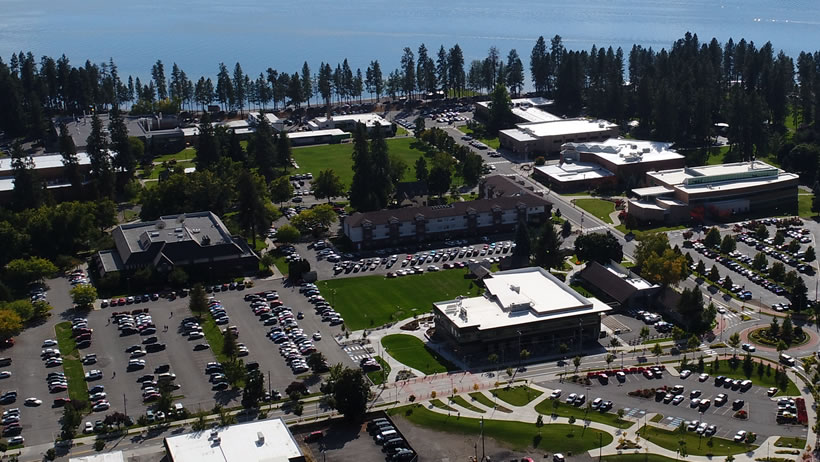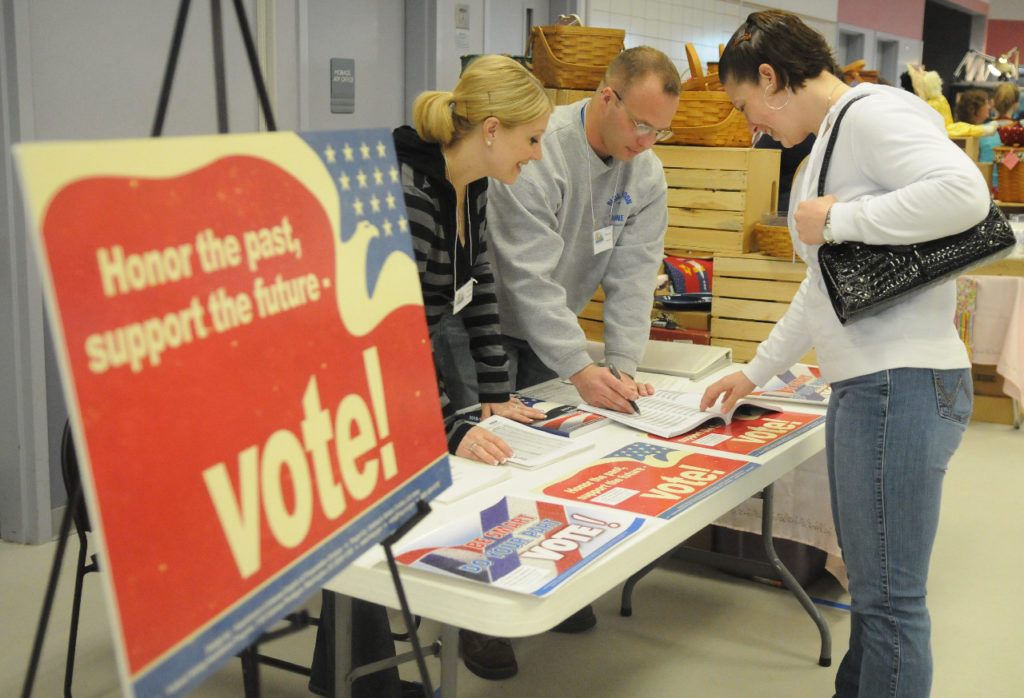
As we stand at the top of another year-long ski run (snow at last!), we can portend a few things.
Such as better - fingers crossed - snowpacks and water levels than last year. Maybe. It's iffy. A month ago the indicators were pointing toward a parched 2022, and a wet couple of weeks isn’t enough to change the picture entirely. Still, the snowpack levels consistently across Idaho’s basins, as mostly they are across the west, are holding up decently, for now.
You'll notice a lot of weasel words in that forecast. More will follow as we hike across more political terrain. (Count them if you like, but as the Idaho State Police would say, don’t make a drinking game out of it.)
We do know positively that 2022 will be an election year, probably one of larger-than-average significance for Idaho: It could see the upending of a long-dominant Republican establishment.
Or not, or maybe there’s a mixed result. We’ll get an answer to that in May, before the year is half-done. In the meantime, what direction the state will take is not, as matters sit now, locked in place.
That means it could be affected by things that happen between here and there. Let’s review.
First comes the Idaho Legislature, which convenes in about another week. We have a good idea of what to expect there, partly since the membership is mostly unchanged from last year, and partly because many of the members told us in the oddball session just a month ago just what they wanted to do. They largely got the reply then that most of their proposals could wait until the regular session, so we should not be surprised to see those ideas return then. Whether those ideas, or how many of them, will pass is something we don’t yet know. (Also, how much ink does the governor have in his veto stamp?)
What do these legislators want to do? First, limit or combat any steps by either governments or other organizations, businesses included, to oppose the ongoing spread of the Covid-19 pandemic. The odds are not many of them will succeed, but some probably will, and they will stand in stark contrast to the absence of traction of any measures that would try to fight the disease that so far has killed more than 4,200 Idahoans and sickened more than 320,000.
On that subject, in the months ahead we can expect to see Idaho, and other like-minded states, again becoming a national pandemic hotspot. The higher vaccine resistance in Idaho, than in states to its west and south, is likely to be reflected in more pandemic headlines like those of the last two years.
What else might the legislature do? Don’t be surprised if abortion returns as a major topic, coming just ahead of a major U.S. Supreme Court decision affecting Roe v. Wade. As with the pandemic, numerous ideas - on the abortion-restricting side, of course not on the pro-choice side - are likely to surface.
The legislature will be in the happy position of having stronger than expected tax revenues available. It could use some of that money to expand funding for areas - infrastructure, education, health and others - that have been shorted in the past. It probably won’t. Mega tax cut proposals are likeliest to make out well. Property taxes, which have been rising and where specific calls for adjustment really have been called for at local levels, are the subject of many complaints at the local level, but since local governments rather than the state tend to get more of the blame for those, legislative traction sometimes is hard to grasp.
Also worth watching: After last year’s near-perpetual session, will the legislature hold a normal-length session this year? If there’s an attempt to keep the session going past the primary, will that have an effect on the primary? Will it affect the primary results? (Doubtful, but some challenging candidates may take creative use of the opportunity.)
We’ll see, by mid-year, a few other things too. We may also get a sense of how the wildfire season will affect Idaho this time. Idaho has been relatively lucky in recent years in having mostly smaller and scattered fires, but conditions remain ripe for something much bigger and more destructive. We may see whether Idaho housing prices, which exploded in recent years, start to stall, and whether the economic growth, selective inflation and extremely low jobless rates persist.
It may not even take until this time next year to know. Or not.









